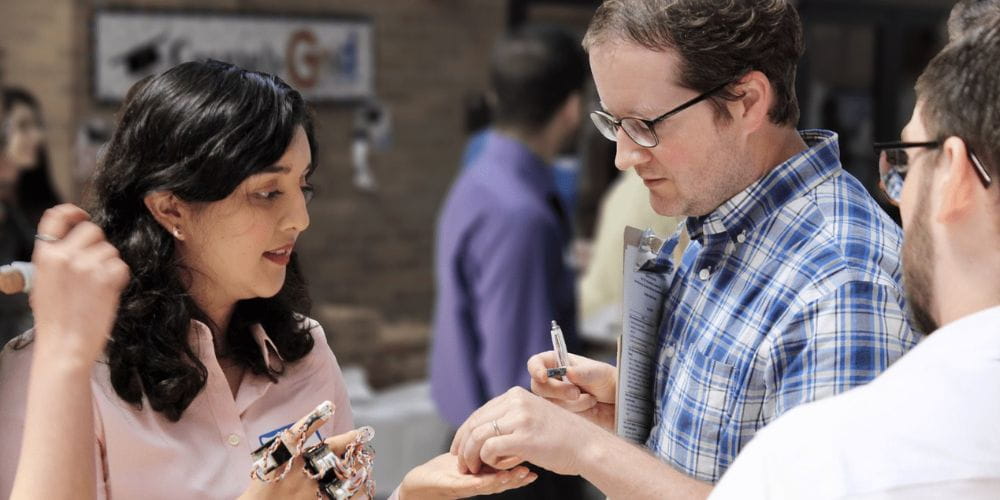Rising researcher honored by Texas scientific community
The Texas Academy of Medicine, Engineering, Science and Technology (TAMEST) recently recognized a University of Texas at Arlington bioengineering professor as an emerging researcher.
Justyn Jaworski, assistant professor of bioengineering, was named a TAMEST protégé, a program that sends early-career researchers to the TAMEST conference, which bills itself as the premier gathering of the Texas scientific community and includes more than 335 members, eight Nobel Laureates and 22 member institutions, including UTA.
Florence Haseltine, the Jenkins Garrett Professor and Presidential Distinguished Professor in the College of Nursing and Health Innovation and TAMEST member, nominated him.
“I’m honored,” Jaworski said. “There's a lot of great scientists and engineers on campus, and I'm thankful she chose me.”
The TAMEST conference, which took place in February, brings together the brightest minds in medicine, engineering, science and technology to foster collaboration and advance research, innovation and business in Texas. Each year, between 40 and 50 protégés are selected to attend. The opportunity allows young researchers a chance to tackle interdisciplinary research and raise the level of their work, Haseltine said.
“He's a young scientist trying to make a difference,” Haseltine said. “He’s hardworking and has great projects. My job is to make opportunities available to other people—and particularly young scientists.”
Jaworski’s research focuses on the creation of a probiotic that could change the way people break down and absorb nutrients from food. His other work includes research on how certain polymeric materials can be spraypainted with a clear material that then, under certain conditions, turns the paint blue or orange. In practice, this can detect certain types of radiation, chemicals in liquid or even chemicals in the air.
“In many cases, we don’t know what we are exposed to unless we can see, smell or taste it,” Jaworski said. “This sensing approach can provide a way to help determine environmental exposures because it can be sprayed onto any surface.”
